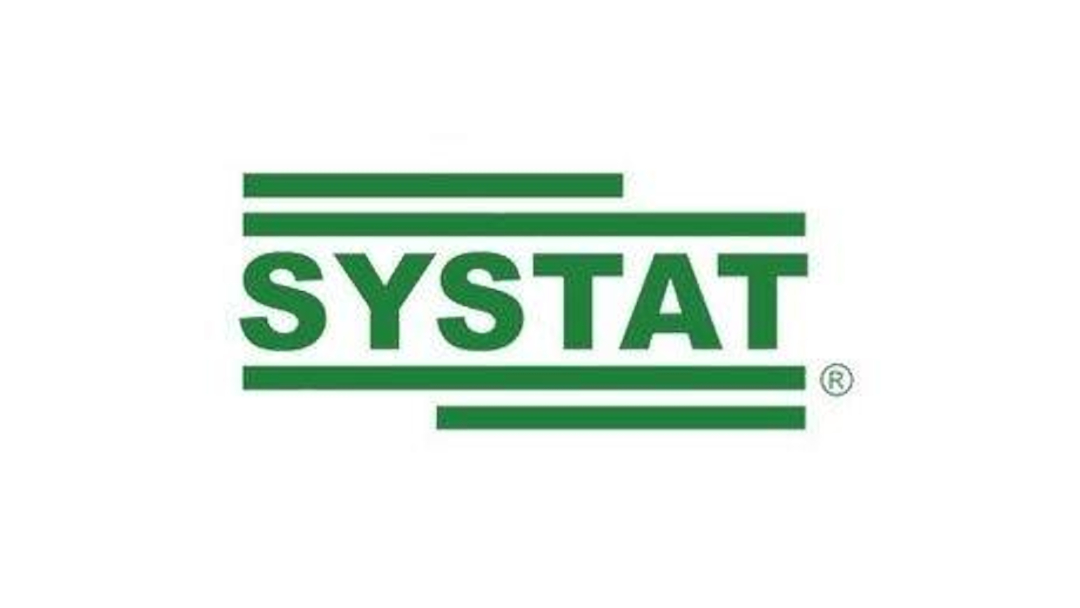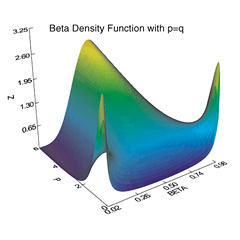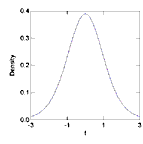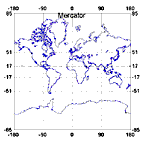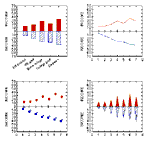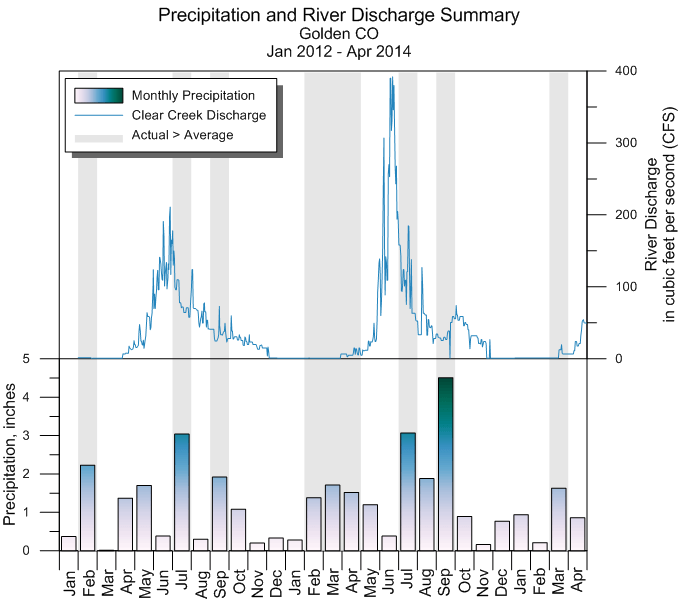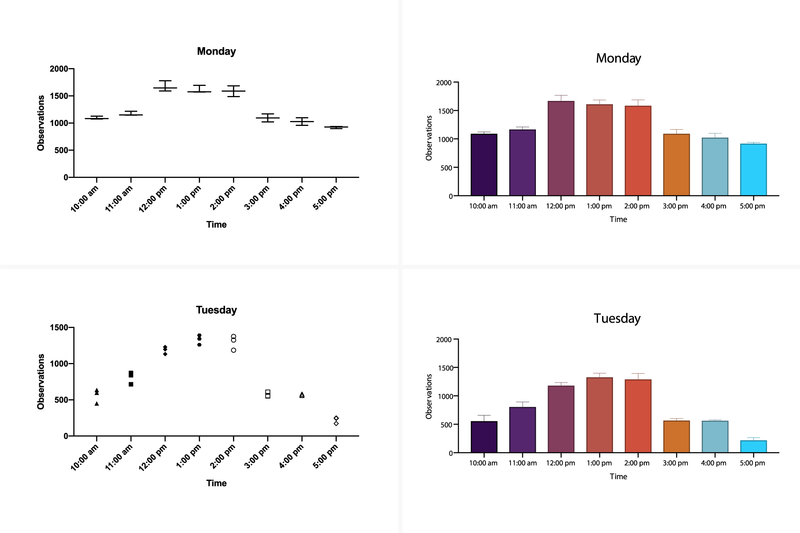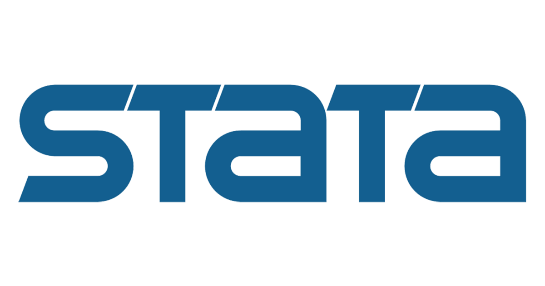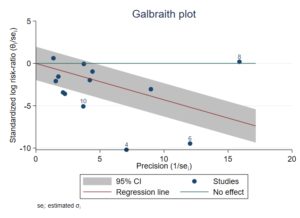Systat
Product information "Systat"
📊 Systat – Powerful Software for Advanced Statistical Analysis & Visualization
Maximum Flexibility for Science & Research
Systat is a comprehensive and advanced statistical software solution designed for data analysis, scientific visualization, and automated computation. With a wide range of statistical techniques and high-quality graphics capabilities, Systat is trusted by research institutions, universities, and laboratories worldwide.
✅ Why Choose Systat?
✔ Broad spectrum of statistical methods – from simple regression to complex multivariate analysis
✔ Publication-quality 2D & 3D visualizations – perfect for scientific reports and presentations
✔ Bootstrapping available for all statistical procedures – accurate analysis even with small samples
✔ Powerful yet cost-effective – advanced functionality with maximum value
✔ Fully scriptable – automate workflows and ensure reproducible results
🔍 Key Features of Systat
🔹 Comprehensive Statistical Functionality
✔ Simple & advanced linear models – Regression & ANOVA
✔ Multivariate analysis – Principal Component Analysis (PCA), Cluster Analysis, Multidimensional Scaling
✔ Survival & Time Series Analysis – Reliability testing & forecasting
✔ Cross-tabulations & exploratory data analysis – Gain structured insights into complex datasets
📈 High-Quality Visualization & Reporting
✔ Dynamic 2D & 3D plots – Generate stunning, publication-ready visualizations
✔ Fully customizable graphs – Create impactful visuals tailored to your research
✔ Integrated export tools – Easily include charts in Word, PowerPoint, PDF & more
⚙️ Efficiency & Automation
✔ Powerful scripting language – Automate repetitive tasks and complex analytical workflows
✔ Bootstrapping built-in – Improve estimation precision and statistical robustness
✔ User-friendly interface – Intuitive for both beginners and statistical experts
🎯 Ideal For:
✔ Academic research and teaching
✔ Government and scientific institutions
✔ Engineering, life sciences, and medical studies
✔ Industrial labs and quality control teams
📥 Experience the versatility of Systat – Download your free trial today!
➡ Learn more and start your analysis at: www.systat.com
✅ Why SYSTAT?
✔ Broad range of statistical methods – From basic analytics to advanced multivariate models
✔ High-performance visualization tools – Create stunning 2D and 3D graphs for professional presentations
✔ Fast & efficient – Up to 10x faster computations than previous versions
✔ Intuitive & customizable – User-friendly interface and powerful scripting options
✔ Bootstrapping & Monte Carlo simulations – Reliable results for complex data scenarios
🔬 Core Features & Analysis Techniques
📈 Statistical Methods
✔ Time Series Analysis & Forecasting – Including ARCH & GARCH models for error variance modeling
✔ Regression Models – Linear, mixed, and polynomial regression
✔ Factor Analysis & Hypothesis Testing – Confirmatory Factor Analysis (CFA), ANOVA, and nonparametric tests
✔ Multivariate Methods – Cluster analysis, Principal Component Analysis (PCA), and Multidimensional Scaling
✔ Survival & Reliability Analysis – For technical, medical, or engineering applications
✔ Optimization Techniques – Response surface methods and design of experiments (DoE)
📊 Data Visualization & Interactive Graphs
✔ Publication-ready charts – 2D and 3D plots, scatterplots, Voronoi diagrams, contour plots, and more
✔ Advanced customization – Modify colors, symbols, axes, projections, and transformations interactively
✔ Quick Graphs – Instant visual feedback for rapid exploratory analysis
✔ 3D Data Exploration – Rotate and transform datasets in real time
✔ Hexagonal Binning Charts – Clarity when visualizing large datasets
🎲 Simulations & Monte Carlo Methods
✔ Powerful random number generation – Based on the Mersenne Twister algorithm
✔ 43 built-in probability distributions – For simulation and modeling
✔ Rejection & Adaptive Rejection Sampling – For flexible random sampling
✔ MCMC Methods – Gibbs sampling, Metropolis-Hastings algorithm and more
⚙️ Efficient User Interface & Automation
✔ Flexible workflows – Use intuitive menus or direct command-line input
✔ Smart navigation – Auto-complete, context-sensitive menus & customizable toolbars
✔ Organized output – Browser-style navigation for easy result access
✔ Personalized interface – Fully customizable menus, keyboard shortcuts, layouts & workflows
📌 Discover the power and versatility of SYSTAT – Try it now!
➡ Learn more or request your free demo at www.systat.com
Systemvoraussetzungen:
- Windows 10, 8.x, 7, Windows Vista, 95, 98, NT and XP (32 bit)
- Pentium or Pentium clone or higher
- 32 MB RAM minimum (64 MB RAM for wavelet and production facility recommended)
- 25 MB hard disk space
- SVGA and above
Recommended

